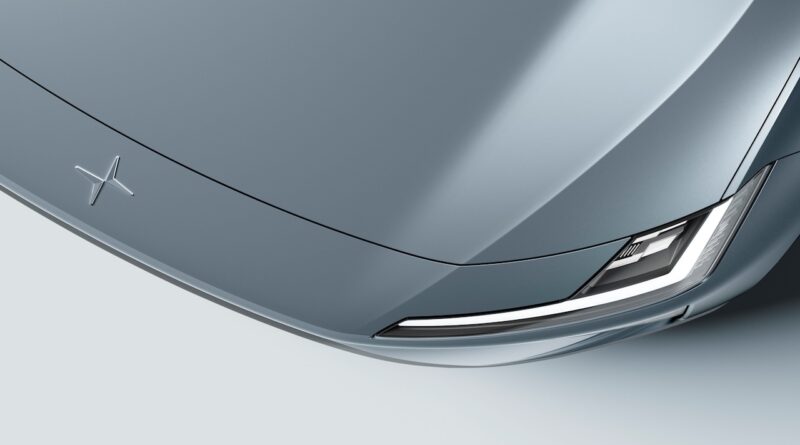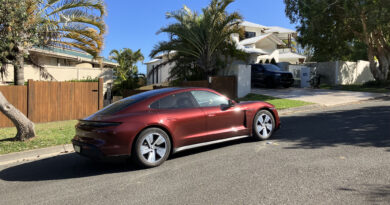Polestar’s plan to survive and thrive: How an idiosyncratic EV start-up will carve its place in the electric space
Life’s about to get very busy for Sino-Swedish start-up Polestar as competition heats up in the EV market.
China is firing up with a barrage of brands set to infiltrate Australia – Leapmotor, Xpeng, Zeekr, Lynk & Co among them – and relative newcomers such as BYD, Chery and GWM are forecasting big sales growth as more EVs head our way.
Luxury brands continue to build on their electric ambitions, with BMW, Porsche and Volvo at the forefront.
The rules of engagement between mainstream and luxury have been largely cast aside as Tesla and others reshape the market.
READ MORE: Battery breakthrough! Polestar 5 shows off ultra-fast 370kW charging
READ MORE: Ahead of Aussie launch, Chinese premium brand Lynk and Co reveals first EV
READ MORE: China’s Geely launches new electric brand Galaxy
READ MORE: From China with love: Zeekr 007 the car designed to beat the Tesla Model 3
READ MORE: Polestar 3 family to grow with Single Motor model and BST performance version
As Japanese brands threaten to wake from their EV slumber it has all the makings of a bloodbath fuelled by unprecedented competition.
Now’s the time…
It’s a critical time for Polestar as it looks to build on its healthy start to EV life.
The Chinese-owned brand that has its headquarters in Sweden is effectively the performance – and design-focussed – spin-off of Volvo, part of the giant Geely Group.

It’s settled into a healthy groove in its first couple of years in Australia with the Polestar 2; in 2023 Polestar sold 2463 cars here, making it the eighth biggest EV brand, ahead of Hyundai, Audi, Lexus, Ford and others.
But where to from here for Polestar? There’s already evidence the challenge has been recognised internally with some hard-nosed discounts on Polestar 2 of up to $15,000.
But more importantly longer term, there’s been confirmation this week it will expand in Australia from the touchy-feely agency sales model – purchasing directly from head office with fixed prices – to hard-nosed traditional dealer franchising.
Blame it on competition.
About 10 new brands are expected in Australia by the end of 2025 and some will trample on the turf Polestar is trying to own. It needs to stake out its real estate.
Look after your family
The newcomer brand is fighting to carve itself a healthy slice of the growing electric car market while not treading on the toes of sister brands such as Volvo, Zeekr and Lynk & Co. Volvo has been here for decades of course, while the other two Chinese newcomers are on the way.
If you want an idea of the challenges for new electric car brands in a fast-evolving market then Polestar is an interesting case study.
The EV spin-off of Volvo is treading a fine line between growing sales and steering clear of sister brands within the sprawling Geely Group that even includes the tiny British sports car company Lotus – that doesn’t want to be tiny any more, wants to go electric and is rolling out its first BEV SUV.
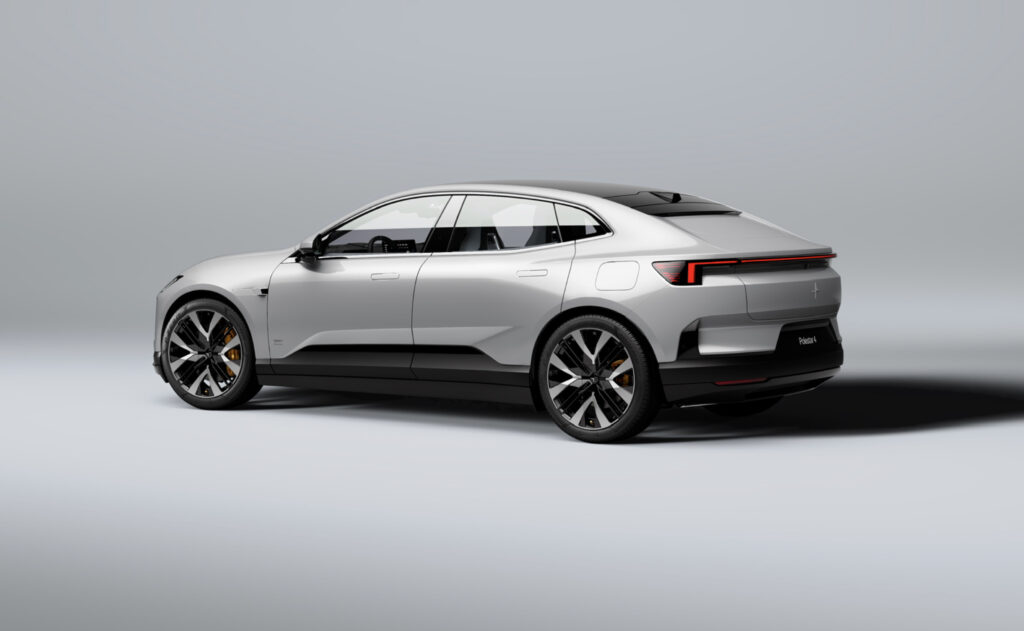
Polestar is positioning itself as a maker of driver’s cars that also look good, with clean Swedish design influence and the latest connected technology.
But there are similarities with Zeekr and Lynk & Co, two other brands with no heritage and a world of opportunity.
Forget about the past
Arguably Polestar’s biggest weakness is also its greatest strength: It has no history.
OK, so Polestar started in motorsport and evolved into a tuning division of Volvo.
But it’s only been building its own cars for a handful of years.
That translates to freedom.
“Polestar shouldn’t do conventional things,” says Polestar design boss Maximilian Missoni, pointing to sister brand Volvo. “That’s the job of Volvo.”
The youthful and energetic designer is revelling in not having to stick to tradition.
“If you go for the rather stable development over the last 40 years of combustion engines – especially the bigger brands – they had a very rigid system,” he explains when talking about what to expect in future with new models and variants.

“Now it’s such a fast moving changing electric world it’s great to be able to decide what kind of body style do you think is right for this body type.”
Hence Polestar has approached its designs differently to any other.
The Polestar 4, for example, does without a rear window, instead turning to cameras to give the driver an idea of what’s happening out back.
That then allows the roof header to be moved rearward, in turn creating a vast glass roof for an airy in-cabin feel.
Yet there’s also loads of legroom for a mid-sized SUV that will compete with everything from the BMW iX3 and Tesla Model Y to the upcoming Porsche Macan EV.
Aiming high
Polestar once aspired to taking on Tesla and in some ways there’s still that competition.
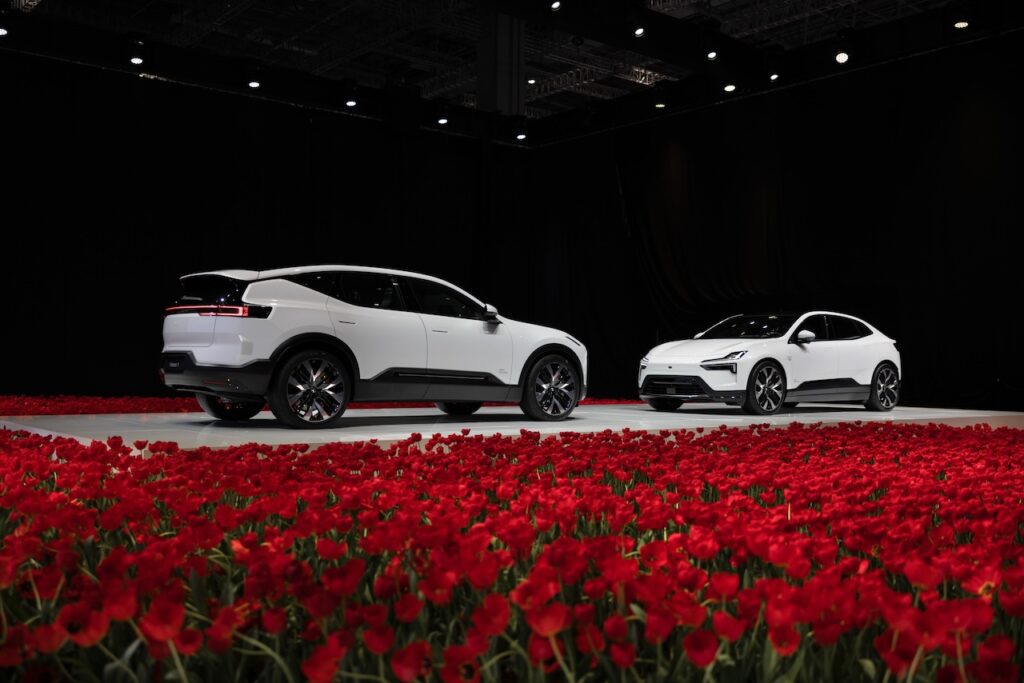
But the company is these days aiming higher, heading for the top end of town.
In nominating potential rivals there’s one that regularly comes up: Porsche.
Polestar believes its mix of design, driving excitement and performance makes it perfectly poised to take on one of the world’s most revered performance car brands.
In its most recent investor presentation Polestar positioned itself above Audi, BMW and Mercedes-Benz, aligning itself with the “exclusive” tag it linked to Porsche.
It’s a big call and many car makers before have benchmarked the German giant and stumbled.
But at least the brand is aiming high. Nothing like a stretch target!
More to come
In the car game product speaks for itself and Polestar has a whole lot coming, starting with the Polestar 3 (a large SUV) and Polestar 4 (a mid-sized SUV), each due in Australia around August or September.
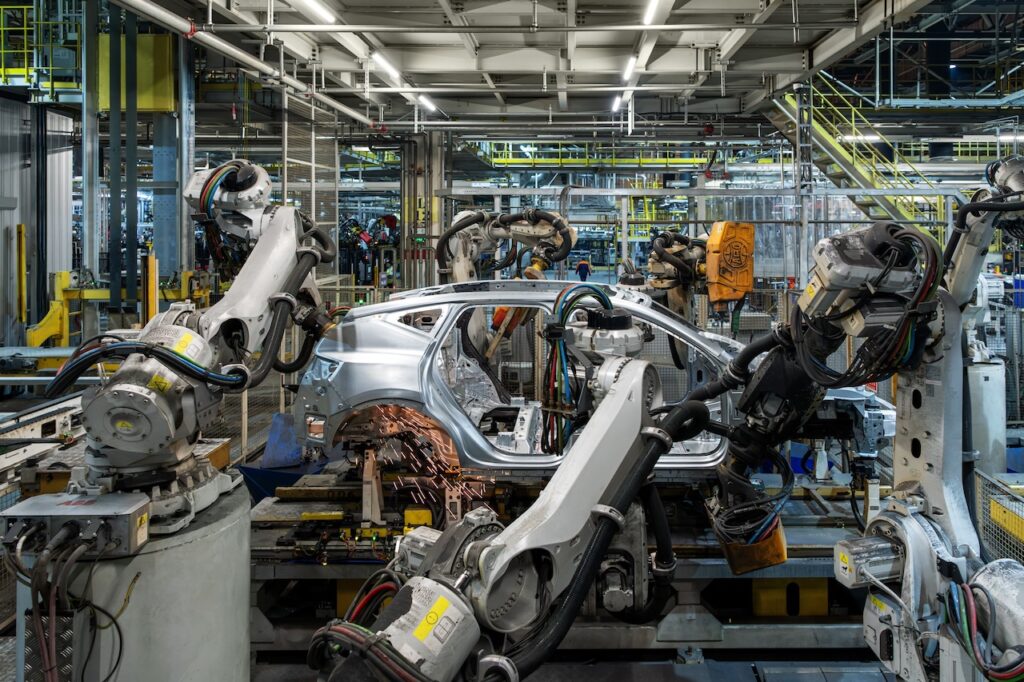
They’re planned to do decent volumes, each produced in factories also used to make other vehicles within the Geely Group, in turn “leveraging our founder parent companies, their infrastructure, their abilities and also R and D collaborations”, according to the company’s global head of product PR, Brent Ellis.
But within a few years the company is looking to even higher performance and cars designed to shine more of a spotlight on the brand rather than sell in big numbers.
The Polestar 5 will be a Porsche Taycan-rivalling five-door liftback with an emphasis on performance and driving excitement.
The Polestar 6 will be an all-electric two-door roadster positioned as the performance pinnacle for the brand.
“Those are then more bespoke cars,” says Ellis, each built on a bonded aluminium structure specific to Polestar.
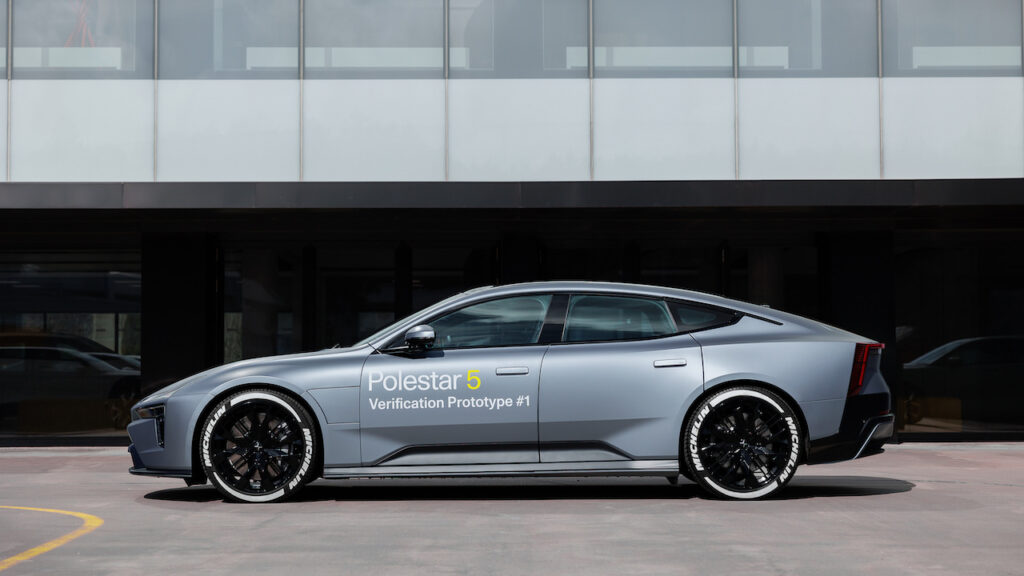
“They are on our own platform, they will be built in our own factory and they then have a more mid volume in terms of their life cycle production numbers.”
Also look after the environment
Sustainability is a biggie for Polestar.
In much the same way as buyers these days expect a certain level of safety, that will likely be the case with sustainability and recyclability moving forward.
But as Volvo led the way on safety systems, Polestar is hoping to be at the pointy end of the sustainability messaging.
Each year the company releases a sustainability report highlighting the CO2 used during production and tracing the use of various materials.
Cobalt sourcing is traced using blockchain technology.
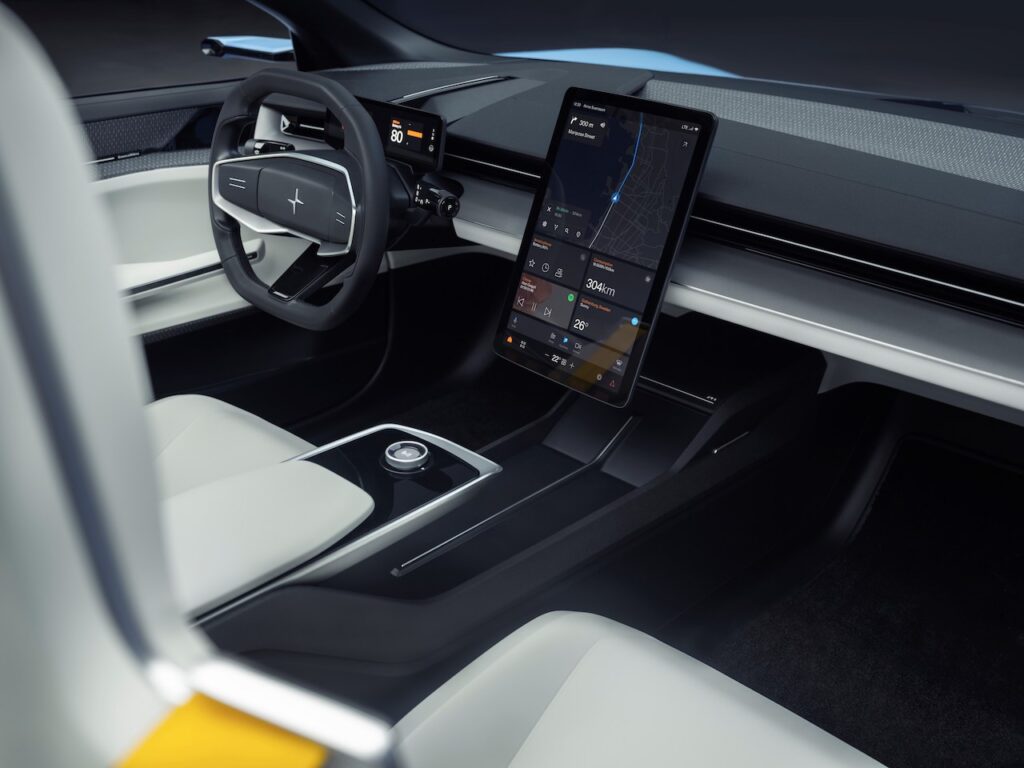
And while Polestar offers modern knits and materials in the cabin, it still offers real leather (Volvo doesn’t any more), arguing that if it’s ethically sourced as a by-product of the meart industry then it’s a sustainable option.
More challenges ahead
Polestar has plenty of headwinds to tackle over the next few years, most of which are originating from China.
There are about 10 new brands due in Australia in the next couple of years.
And while not all of them will compete in the Polestar space, there will naturally be some crossover.
Mainstream car makers will also start improving their EV offerings, something we’re already seeing from BMW. And Cadillac is planning an EV-only return to add to the luxury offerings already available.
And, of course, Porsche plans to make 80 percent of its sales electric by 2030.
So there are challenges ahead.
But with modest sales aspirations – but, importantly, growth in sales – and a clear path Polestar hopes to cement its place in a new-car market that could look very different to what we’ve become used to.

